| Vintage Pulp | May 12 2022 |

Pack light and leave your inhibitions behind.
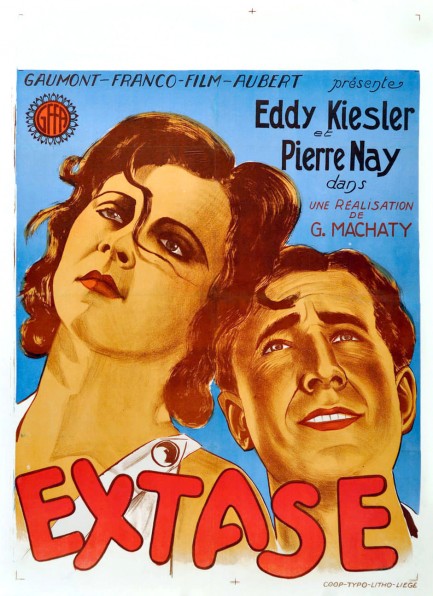
This poster was made in Liege, Belgium for the romantic drama Extase, starring Austro-Hungarian beauty Hedy Lamarr. Based on a novel by the Vienna born author and actor Robert Horký, the film opened in Belgium today in 1933, after having premiered in then-Czechoslovakia as Ekstase in January of that year. It isn't a pulp style film, but it's significant, which is why we had a look. It's about a young upper class woman in an unfulfilling marriage who solves that problem by acquiring a sidepiece in the form of a worker played by Aribert Mog. This results in some steamy moments and—some viewers say—the first orgasm ever depicted onscreen. “Some viewers” are right. There's no doubt. In the midst of a nocturnal tryst Mog's head and torso slide off-frame, as Lamarr breathes more and more heavily before finally grimacing in lovely fashion and snapping her string of pearls.
Yeah, this is hot stuff for 1933. And we thought everyone was having a great depression. Shows what we know. If the title Extase doesn't tell you what's going on, consider the fact that Hedy's character is named Eva, and Mog's is named Adam. It's that kind of movie. In a way, an orgasm was inevitable. Lamarr also captures moviegoers' attention with a nude swim and sprint through the fields that occurs about twenty-eight minutes in. Why's she running around starkers? Her mare Loni decides to get herself some equine action and abandons Hedy—taking her clothes along for the ride. Always make sure to tie your mount to something, especially when it's horny. Lamarr really is naked in the scene, too, which few modern performers would do in this age of new puritanism. It's thanks to this run through the wild that she meets Mog, the eventual master of her clitoris, if not her heart.
Extase isn't a silent film, but it's close. There's a lot of orchestral music and only a dozen or so sections of dialogue. Even so, it's very watchable. The visuals tend to be laden with meaning in films such as these, but some scenes require no interpretation at all, like the bit where a couple of horses mate (not Loni and her love, sadly). They don't show it of course, but the crash zoom of a mare's backside from the point-of-view of the stud horse gets the idea across with remarkable subtlety—not. It was hilarious, actually. But hey—even horses feel extase, because it's just a natural thing, see. On its own merits we'd call Extase more of a curio than a cinematic triumph, but it certainly achieves what it sets out to do, and that's success of a form, even if it would be forgotten without the orgasm. But that's often true, isn't it?
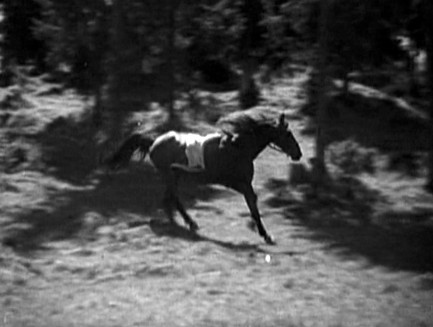
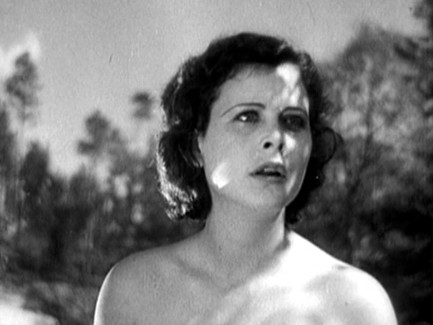 Loni! Come back, you stupid horse! That jumpsuit doesn't even fit you!
Loni! Come back, you stupid horse! That jumpsuit doesn't even fit you!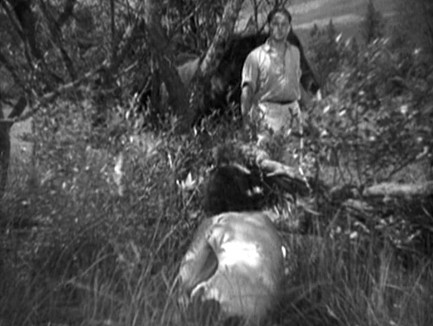 Why hello, lovely naked creature.
Why hello, lovely naked creature.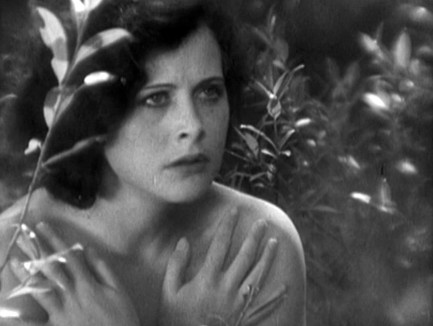 You rude beast! Try taking a picture. It'll last longer.
You rude beast! Try taking a picture. It'll last longer.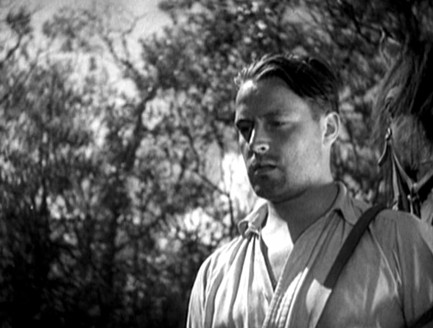 Already done. With my mind. Deposited you right in the spank bank.
Already done. With my mind. Deposited you right in the spank bank.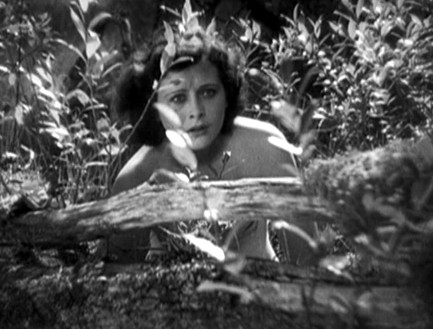 Bank— What? Spank what? Oh, never mind. Give me my clothes.
Bank— What? Spank what? Oh, never mind. Give me my clothes.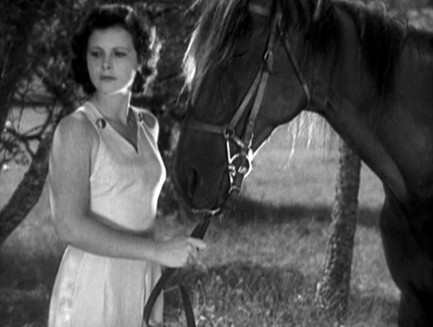 Objectify me, will you? Two can play that game. Duh... nice package! Duh... I'm an idiot!
Objectify me, will you? Two can play that game. Duh... nice package! Duh... I'm an idiot!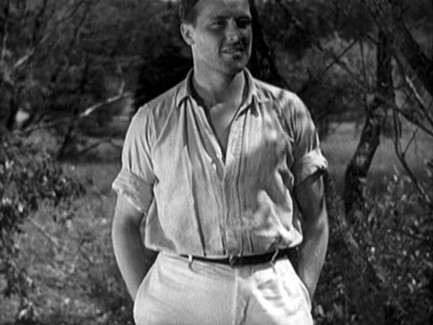 Thanks. And you're not an idiot—many women agree with you about my package.
Thanks. And you're not an idiot—many women agree with you about my package.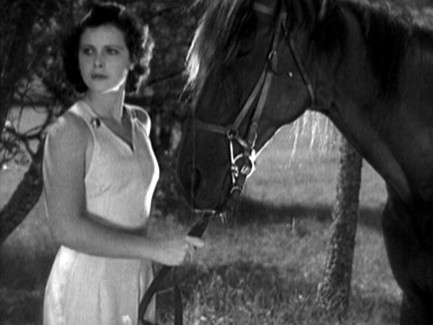 No, I'm objectifying you, like you did to me.
No, I'm objectifying you, like you did to me.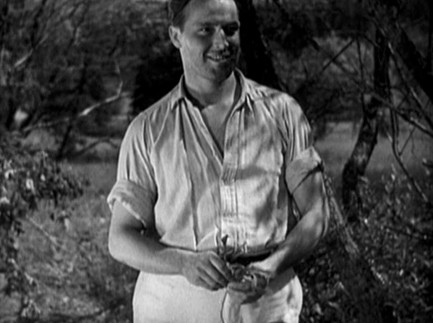 Like a sex object. I understand. That's cool. I love sex.
Like a sex object. I understand. That's cool. I love sex.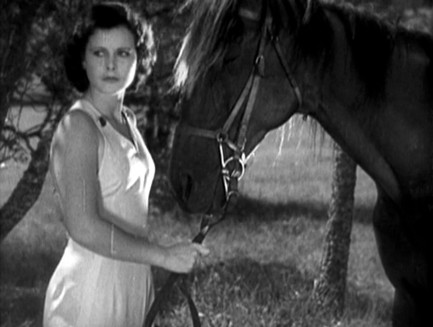 No, I mean I'm debasing you via the reduction of any unique and admirable qualities you might have down to the purely phy— Oh, forget it! You're too dumb to understand.
No, I mean I'm debasing you via the reduction of any unique and admirable qualities you might have down to the purely phy— Oh, forget it! You're too dumb to understand.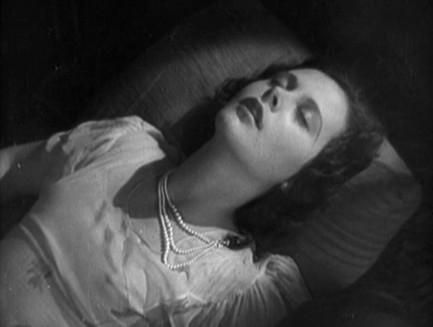 Oh... oh... oh! It's true he lacks... formal education...
Oh... oh... oh! It's true he lacks... formal education...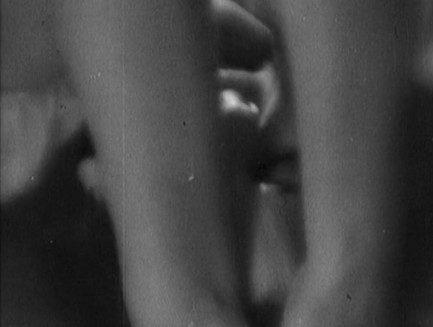 But he sure knows how... to make a girl... SNAP HER PEARLS!
But he sure knows how... to make a girl... SNAP HER PEARLS!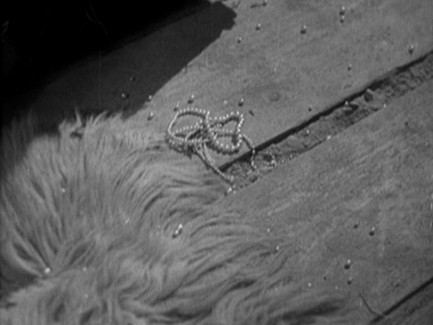 *sigh*
*sigh*| Hollywoodland | Apr 5 2019 |

She was more than just a movie star.
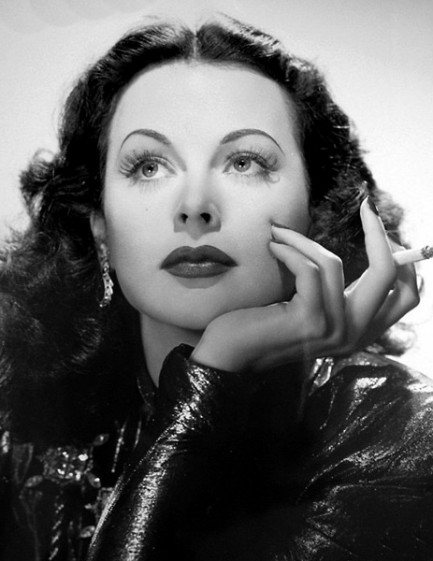 Smithsonian.com published an in-depth story yesterday about Austria-Hungary born Hollywood icon Hedy Lamarr, and how her technical genius helped bring the world Wi-Fi, Bluetooth, GPS, and cell phones. Hah! Get with it Smithsonian. We talked about this under-discussed aspect of her life years ago.
Smithsonian.com published an in-depth story yesterday about Austria-Hungary born Hollywood icon Hedy Lamarr, and how her technical genius helped bring the world Wi-Fi, Bluetooth, GPS, and cell phones. Hah! Get with it Smithsonian. We talked about this under-discussed aspect of her life years ago.It's curious that no matter how many times people write about Lamarr's technological exploits it never seems to become a generally known aspect of her personality. Maybe people want to see her as a beautiful actress, and much of the interest stops there. The Smithsonian piece will probably help change that a bit, and it's well written also (though considering what digital technology has wrought we'd probably add the phrase "for better and worse").
Yesterday's piece comes in tandem with the Smithsonian's Washington D.C. based National Portrait Gallery acquiring a rare original Luigi Martinati poster painted to promote Lamarr's 1944 thriller The Conspirators. We have no idea what it cost, but certainly a pile of money, since Martinati was not just a great artist, but one who tended to focus more on portraiture in his promos. You can see what we mean just below, and by clicking here and scrolling. As for Lamarr, we'll doubtless get back to her—and all her interesting facets—later.
Yesterday's piece comes in tandem with the Smithsonian's Washington D.C. based National Portrait Gallery acquiring a rare original Luigi Martinati poster painted to promote Lamarr's 1944 thriller The Conspirators. We have no idea what it cost, but certainly a pile of money, since Martinati was not just a great artist, but one who tended to focus more on portraiture in his promos. You can see what we mean just below, and by clicking here and scrolling. As for Lamarr, we'll doubtless get back to her—and all her interesting facets—later.
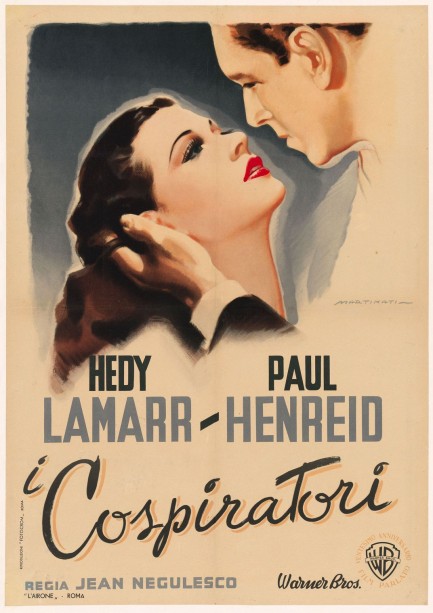
| Vintage Pulp | Sep 7 2018 |

A textbook case of pianist envy leads to serious trouble.
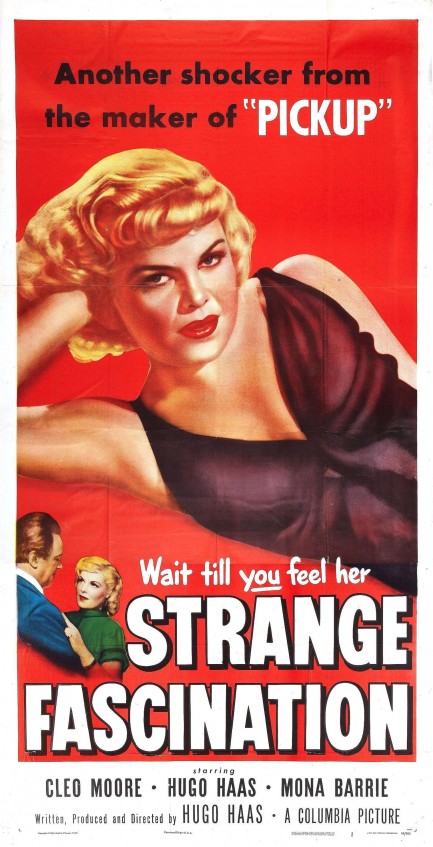
This poster was made for Strange Fascination, a film put together by triple threat Hugo Haas, who wrote the screenplay, directed, and starred. It premiered this month in 1952. Plotwise a rich widow traveling in Europe meets a brilliant pianist who wants to leave the continent to get away from its “recent misfortunes.” She sponsors him and brings him to New York City, where he has immediate success, but his head is soon turned by platinum blonde showgirl Cleo Moore. She's got show business ambitions but no avenues, so she hitches herself to the rising pianist and proceeds to make his career go limp.
Hugo Haas headlined scores of movies and accumulated more than forty credits directing and writing, so Strange Fascination was no vanity project. In fact we suspect it was uniquely important to him because of its autobiographical elements. For instance, like the pianist he plays Haas left eastern Europe—Brno, Austria-Hungary, which is now part of the Czech Republic—and became respected in his chosen industry. And his given name was Pavel Haas, while his lead character here is named Paul, the Anglicization of Pavel.
In Strange Fascination Haas crafted a solid movie but don't let the online reviews fool you—it isn't film noir. These days any movie that's mid-century, black and white, and dramatic gets the noir stamp on crowd sourced websites like IMDB and Wikipedia. Strange Fascination contains bits of noir iconography, but films of the period have no choice about that—after all, rain falls even in musicals and neon signs occur even in comedies. Strange Fascination is really a straight melodrama. Go into this little b-movie with that expectation and it may prove satisfying.
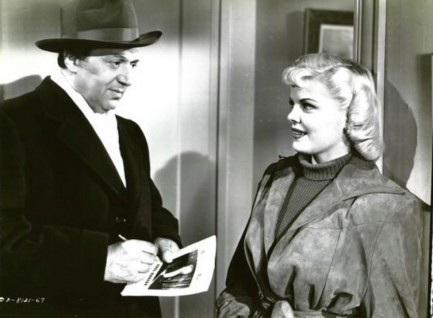 So when I sign this I'm giving you permission to turn my life into an unrelenting hell?
So when I sign this I'm giving you permission to turn my life into an unrelenting hell?
 So when I sign this I'm giving you permission to turn my life into an unrelenting hell?
So when I sign this I'm giving you permission to turn my life into an unrelenting hell?| Femmes Fatales | Dec 12 2017 |

If she tries to pressure you into getting a haircut there's an ulterior motive.
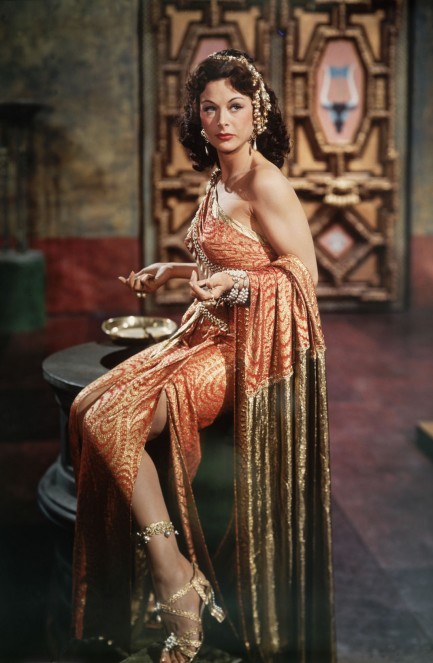
In 1933 Austro-Hungarian born actress Hedy Lamarr, née Hedwig Eva Maria Kiesler starred in the Czech-Austrian silent film Ecstase, aka Ecstasy, a landmark production notable for its nude scenes. Lamarr was unhappy with the result, but it made her enormously famous and helped pave her way to Hollywood, where she made numerous films, including the cheesy but highly enjoyable swords and sandals epic Samson & Delilah, from which the above image comes. In the Biblical legend, Delilah cuts off Samson's magic hair to weaken him. In real life Lamarr weakened plenty of male fans and didn't have to do anything but appear on a movie screen. This photo shows her circa 1949.




































































